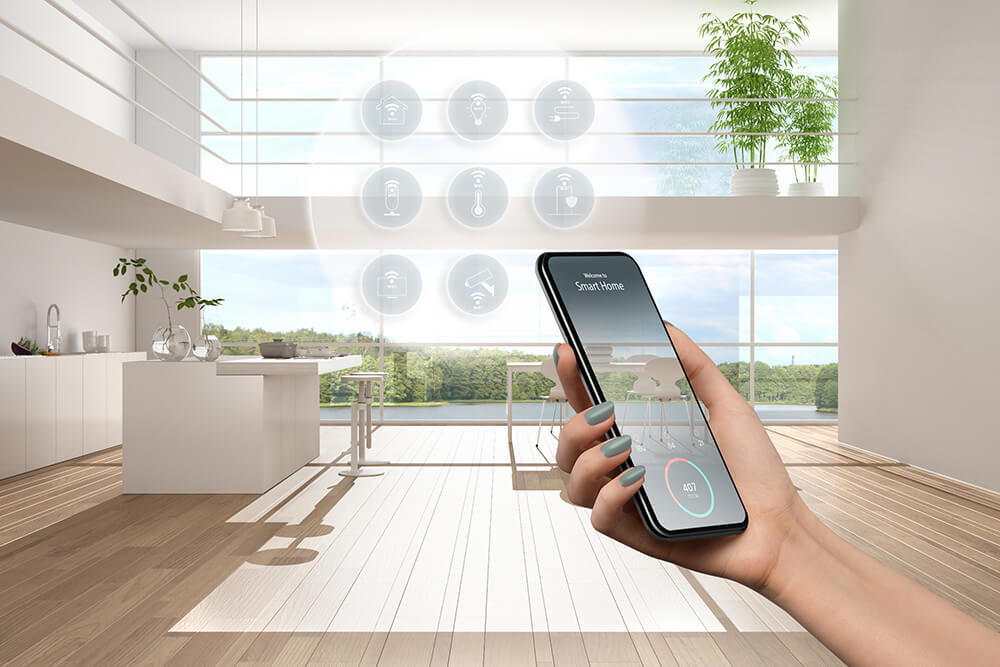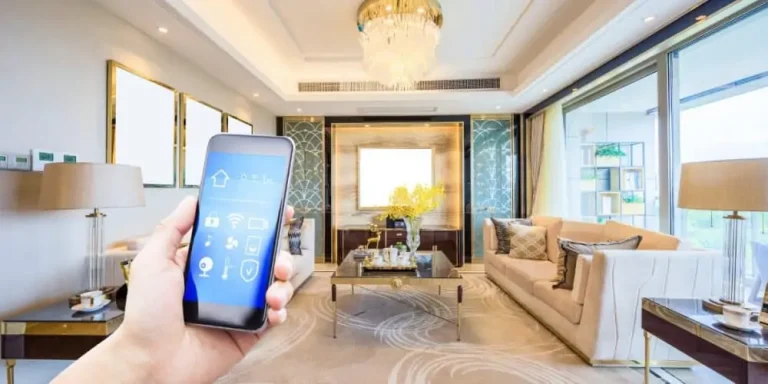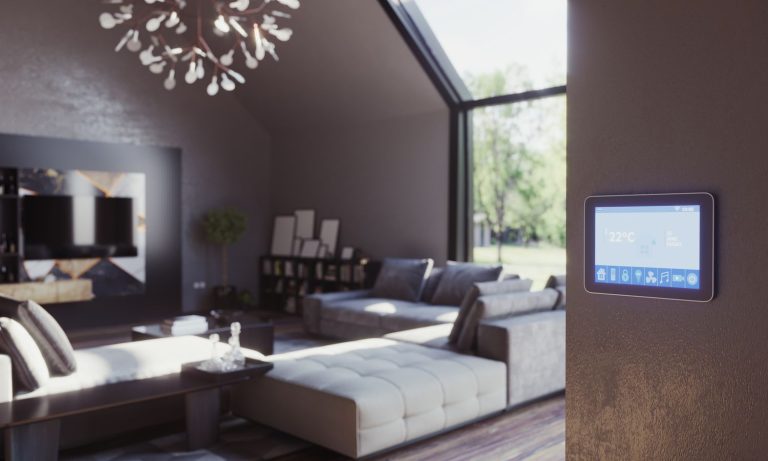The concept of the “smart home” has long been a staple of futuristic novels and tech enthusiasts’ dreams. Today, however, it is very much a reality, and it’s transforming the way we live, work, and interact with our living spaces. From controlling the lighting with a simple voice command to managing your home security remotely, smart home technology offers convenience, security, energy efficiency, and enhanced lifestyle. But with so many options available, it can be overwhelming to navigate the ever-growing landscape of smart devices. In this article, we’ll dive deep into everything you need to know about smart home technology, how it works, and how to get started in making your home smarter.
What Is a Smart Home?
At its core, a smart home refers to a living space equipped with internet-connected devices that allow remote control and automation of systems and appliances. These devices communicate with each other and can be controlled via a smartphone app, voice commands, or even through automation triggered by sensors or schedules. The goal of a smart home is to make daily tasks more convenient, efficient, and secure by allowing homeowners to control everything from lighting and heating to entertainment systems and security systems—all from the palm of their hand.
Key Categories of Smart Home Technology
Smart home technology covers a wide range of devices, each designed to optimize a different aspect of your home. Below are some of the most common categories of smart devices that homeowners often invest in.
1. Smart Lighting
Lighting is one of the easiest and most popular entry points into the world of smart homes. With smart light bulbs, homeowners can adjust the brightness, color, and even the schedule of their lights from their smartphone or voice assistants like Amazon Alexa, Google Assistant, or Apple Siri. Additionally, smart lighting can integrate with other smart devices, such as motion sensors, to turn lights on or off automatically when someone enters or exits a room.
Some systems also allow you to create “scenes” or lighting moods, such as dimming the lights for movie night or brightening them during morning routines. Popular brands include Philips Hue, LIFX, and TP-Link Kasa.
2. Smart Thermostats
One of the most energy-efficient and cost-effective smart home technologies is the smart thermostat. These devices allow you to control your home’s temperature remotely, ensuring that your home is always at the optimal temperature when you arrive. Brands like Nest (now owned by Google) and ecobee offer thermostats that learn your preferences over time, automatically adjusting the heating and cooling based on your behavior patterns.
In addition to the comfort benefits, a smart thermostat can help reduce energy consumption, saving you money in the long run. You can set schedules to turn down the heat while you’re away or asleep, and monitor energy usage through apps.
3. Smart Security Systems
Security is a top priority for many homeowners, and smart technology has significantly advanced home security systems. From video doorbells and security cameras to smart locks and alarm systems, there is no shortage of options for enhancing the security of your home.
Smart doorbells like Ring allow you to see and speak with visitors remotely, even when you’re not home. Similarly, smart cameras, such as Arlo or Nest Cam, offer live video streaming and motion detection alerts, so you can monitor the exterior or interior of your home from anywhere in the world.
Smart locks, like those from August or Schlage, enable keyless entry via a smartphone app or voice command. You can even grant access to guests remotely and track who enters and exits your home. These devices can be integrated into a larger home security system, ensuring that all aspects of your home are protected.
4. Smart Appliances
Smart appliances, from refrigerators and ovens to washing machines and coffee makers, are changing the way we interact with our kitchens and laundry rooms. These appliances offer various features, such as remote control via smartphone apps, voice command compatibility, and the ability to monitor their status in real-time.
For example, smart refrigerators can alert you when you’re running low on milk or eggs, while smart ovens can be preheated remotely and offer cooking suggestions based on the recipe you’re preparing. Similarly, smart washing machines can be started remotely, allowing you to set them to run at times when electricity costs are lower.
Brands like Samsung, LG, and Whirlpool are leading the charge in the smart appliance market, offering a range of products designed to make daily chores more convenient.
5. Voice Assistants
The integration of voice assistants has become a central hub for many smart homes. Devices like Amazon Echo, Google Nest Hub, and Apple HomePod serve as the interface through which users can control their smart devices. By simply saying a voice command such as “Alexa, dim the lights” or “Hey Google, set the thermostat to 72 degrees,” you can instantly control various smart devices throughout your home.
Voice assistants also support integrations with other smart technologies, such as controlling your security cameras, playing music, setting reminders, and even checking the weather.
6. Smart Entertainment Systems
A smart home isn’t complete without a smart entertainment system. This can range from smart TVs to streaming devices, sound systems, and gaming consoles. Smart TVs, like those from Samsung, LG, or Sony, offer apps that allow you to stream content from platforms like Netflix, Amazon Prime, and YouTube, all without the need for additional hardware.
Smart speakers, such as Sonos or Bose, provide high-quality sound while allowing you to stream music from your phone, tablet, or voice assistant. For a more immersive experience, you can integrate your entertainment systems with smart lighting, where the lights change color in sync with the action on the screen.
7. Smart Garden and Lawn Care
In the era of smart homes, even your garden can be automated. Smart irrigation systems, like Rachio or RainMachine, allow you to schedule and monitor the watering of your garden, ensuring that your plants receive the right amount of water without waste. These systems can be controlled remotely and even adjusted based on weather forecasts to avoid overwatering during rain.
Some smart garden devices can also monitor the health of your plants, providing feedback on soil moisture and sunlight exposure. This is an ideal solution for homeowners who want a low-maintenance, sustainable garden.
How to Set Up a Smart Home
Setting up a smart home doesn’t require all devices to be installed at once, and it’s essential to choose technology that fits your needs. Start with one or two devices that will benefit your lifestyle, such as a smart thermostat or a voice assistant, and build from there.
-
Choose a Smart Hub or Platform: Many smart devices work with popular platforms like Amazon Alexa, Google Assistant, or Apple HomeKit. Choose a platform that suits your preferences for compatibility and ease of use.
-
Install the Devices: Most smart devices come with easy-to-follow installation instructions. Some may require professional installation (for example, smart security cameras or certain appliances), but many smart home devices are DIY-friendly.
-
Connect Everything: Once your devices are set up, use the respective apps to connect them to your home network. Once connected, you can control them individually or integrate them into automation systems.
-
Create Automation: Many devices offer automation features, allowing them to work together. For example, you can set your lights to dim when you start a movie or have the thermostat adjust based on the time of day.
Conclusion
The world of smart home technology is rapidly evolving, providing homeowners with an array of devices designed to enhance convenience, security, and comfort. Whether you’re looking to save energy, monitor your home security, or simply enjoy a more connected living environment, the possibilities are endless. By starting with a few key devices and gradually integrating more, you can transform your home into a truly smart space. As the technology continues to improve, the dream of a fully automated home is becoming more accessible to everyday consumers, offering new levels of convenience and control over our living environments.















